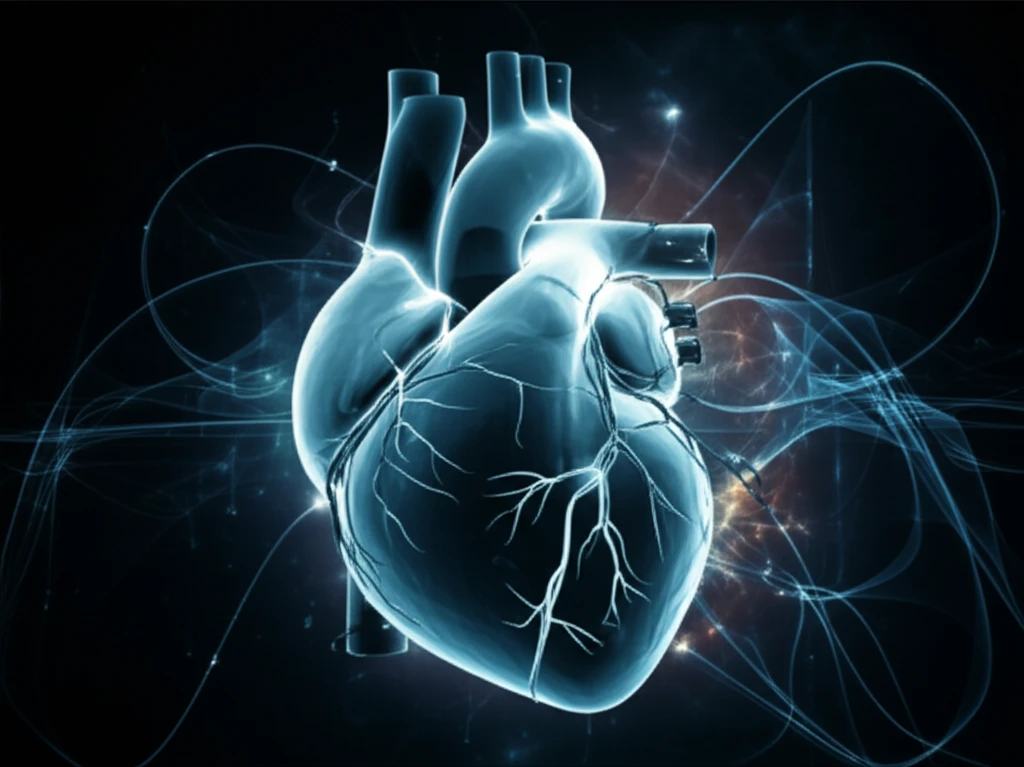
Heart Pacing Revolution: Can MultiPoint Pacing Improve CRT Outcomes?
"Discover how a new clinical trial is exploring MultiPoint Pacing (MPP) therapy to enhance cardiac resynchronization for heart failure patients."
Heart failure remains a significant health challenge, with a substantial portion of patients not responding adequately to cardiac resynchronization therapy (CRT). CRT aims to improve the heart's efficiency by coordinating the contractions of the left and right ventricles. However, nearly 40% of patients don't experience the full benefits, leading researchers to explore innovative approaches.
MultiPoint Pacing (MPP) has emerged as a promising alternative. This technique involves pacing the heart at multiple points, potentially leading to more coordinated and effective contractions. Early studies suggest that MPP can improve outcomes for some patients, but more rigorous research is needed to confirm these findings.
The MORE-CRT MPP PHASE II trial is designed to provide that evidence. This randomized, multi-center study aims to assess the safety and efficacy of MPP in patients who have not responded to traditional CRT. By evaluating MPP's impact on heart function and overall health, this trial could revolutionize heart failure treatment.
What is MultiPoint Pacing and Why is it Important?

Traditional CRT typically involves pacing at one or two points in the heart's left ventricle. In contrast, MPP uses a special lead with multiple electrodes to pace at several locations simultaneously. This multi-point approach may:
- Achieve more synchronized ventricular contractions.
- Increase the amount of heart tissue activated during pacing.
- Improve the heart's overall efficiency.
The Future of Heart Failure Treatment
The MORE-CRT MPP PHASE II trial represents a crucial step in advancing heart failure therapy. By providing robust evidence on the benefits of MPP, this study could pave the way for a new standard of care, offering hope to the many patients who do not respond to traditional CRT. The results of this trial are eagerly anticipated and may transform the landscape of cardiac pacing.
